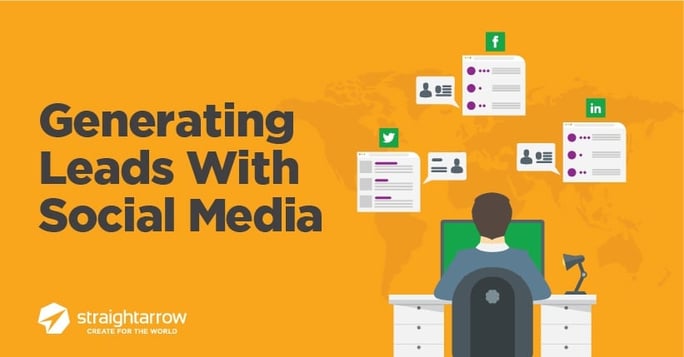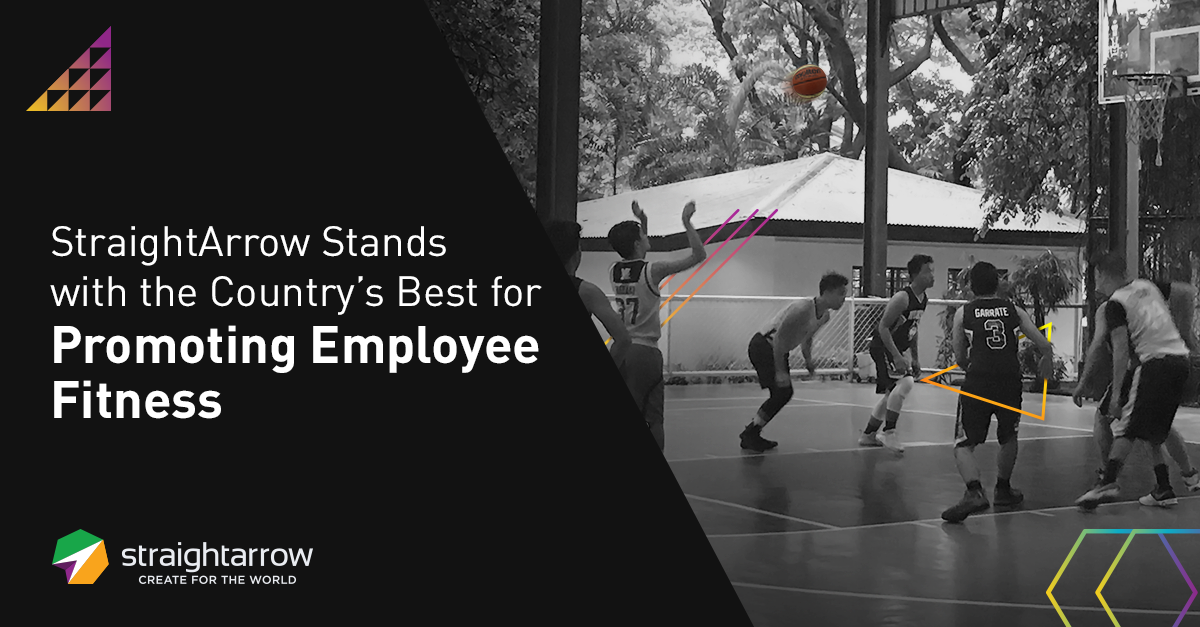
Much has been said about the benefits of marketing through social media, but the majority of this focuses on its strengths at establishing a brand or building awareness. While these are certainly its strengths, its capacity in other areas of marketing shouldn’t be dismissed. With proper planning and an eye for opportunities, social media can be used to gather leads quickly and at competitive costs.
Social media isn’t monolithic, of course, so strategies for lead generation may vary from platform to platform. Features common across platforms, however, guarantee that social media has certain advantages no matter how many (and which) platforms you choose to focus on. For instance, social media users typically provide information voluntarily in profiles, and some of this is made public, making it easier to gather information from your company’s fans and followers. Coupled with built-in analytic tools (e.g. Facebook Insights, Twitter Analytics), these provide a wealth of potential trends to discover. Furthermore, social media platforms are designed to encourage sharing and communication. If people are encountering your company on social media, it is that much more likely others will—and this provides more opportunities for lead generation.
General Methods
Given those advantages, certain methods are viable across all platforms. The most common one is using social media to host and promote links to your website, even to dedicated landing pages. Packaged as easily shareable social media content, these links can gain traction rapidly across the Web. Alternatively, social media content or pages—or tabs or profiles, as appropriate—can host sign-ups for an e-mail newsletter. In this way, a quick stop to your social media page could ensure a visitor gets regular updates on your most current offerings.
Facebook
Facebook’s algorithms change fairly often. With the newsfeed recipe changing so often, it can be hard to build reach organically. Paid ads may seem objectionable at first glance—wasn’t the whole point of social to trim costs?—but Facebook ad campaigns are fairly cheap and quite flexible. They can be incorporated, to some degree, into most strategies without leaving much of a dent. The extra reach they provide is good value for money, especially if you’re sure much of your target audience is already on Facebook.
On the other hand, rather than chart the tides of the newsfeed, you might use more static tools. Facebook pages are allowed custom tabs, and these can be used to put links and forms in places of prominence. Consider a tab for a newsletter sign-up, or one that directs to gated offers.
Finally, you might use a Facebook contest to search for leads. Contests stir up a lot of activity—page likes, post clicks, shares, and so on—but remember that many will be in it for the chance of freebies, and won’t likely pan out as customers in the long-term. Even after the chaff’s been threshed, however, you should find that a well-organized contest reaps a healthy harvest of leads.
Twitter
Twitter’s timeline changes rapidly and acknowledging this as both challenge and opportunity is key to making the most of the medium. As with Facebook, paying for visibility (e.g. promoted tweets) is one way to conquer its ever-changing domains. The draw here is much the same: relatively cheap and flexible payments can get you significant exposure and leads—provided your audience is on Twitter.
A strategy more unique to Twitter, however, is using Twitter chats. By promoting a certain time of day and a certain topic, you can engage new visitors or long-time brand loyalists in a meaningful way that can pay off heavily in leads, site traffic, and more. Twitter chats shouldn’t be approached lightly, however—they are a fast-paced activity that require both meticulous planning and on-your-feet thinking. To find out more about Twitter chats, check out this guide from Simply Measured.
LinkedIn
Part of LinkedIn’s appeal is the kind of users that frequent it. LinkedIn regulars are typically keen on building businesses, making the environment especially suitable for gathering B2B leads. In terms of technical features, LinkedIn’s support of long-form publishing presents opportunities.Tweet this Using its built-in long form posts as a venue for content marketing, LinkedIn can be used as a platform for inbound marketing, following the same general principles.
LinkedIn is also connected to Slideshare, a platform dedicated to sharing presentations in slide deck form. This allows companies to share content in a different format that is potentially more attractive to certain kinds of users. Again, this can utilized as part of an inbound marketing strategy to generate leads.
Depending on their specific features, you might use other social media platforms similarly to the ones mentioned above. Instagram, for instance, is much like Twitter in its chronological timeline and emphasis on hashtags. Pinterest, on the other hand, relies on links and would be more suitable for redirecting to a company website or landing pages.
For a quick boost to your social media presence, send us your Facebook page for a free assessment. We'll analyse it and get back to you with specific points for improvement:











Comments